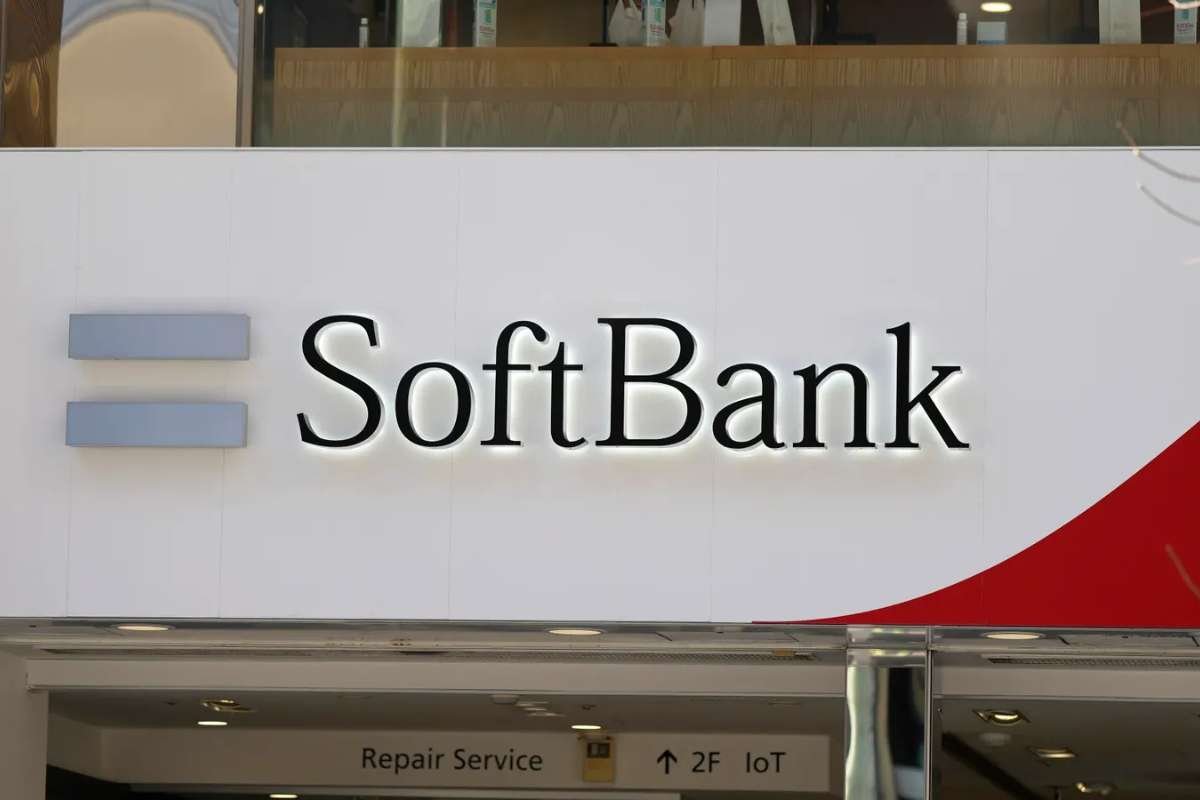Sinclair Inc. and Tegna Inc. announced a proposed Sinclair-Tegna merger on Monday, valuing Tegna at $25–$30 per share, as deregulation and digital competition reshape the U.S. broadcasting industry landscape.
The deal comes amid a shifting regulatory environment, including the Federal Communications Commission’s recent removal of the “Top Four Prohibition,” which had barred ownership of multiple top stations in the same market. Investors and analysts view the merger as both a defensive strategy and a path toward long-term value creation.
Regulatory Changes Open Doors for Broadcasters
The U.S. Court of Appeals’ July 2025 decision to vacate the Top Four Prohibition significantly altered ownership rules that had long limited media consolidation. The FCC is also reconsidering its national ownership cap, currently restricting broadcast groups to reaching 39% of American households. These developments signal a friendlier landscape for expansion among local TV station owners, including those involved in the Sinclair-Tegna merger.
FCC Chairman Brendan Carr has defended deregulation, emphasizing the need for local broadcasters to remain competitive against technology companies like Google and Amazon. With the prohibition lifted,the Sinclair-Tegna merger enables both companies to expand their presence in overlapping markets and strengthen bargaining power in advertising, content distribution, and affiliate negotiations.
Strategic Rationale and Market Implications
If approved, the merger would create one of the largest local station operators in the United States, with 242 stations under its control. Industry observers point to several benefits: cost synergies, shared investment in data-driven advertising, and greater resilience against national streaming platforms.
For Sinclair, the deal fits within its broader strategy, which includes streamlining core broadcast assets and potentially spinning off its Sinclair Ventures division. For Tegna, whose stock performance has lagged in recent years, the transaction provides renewed momentum and access to larger-scale resources. The $25–$30 valuation implies a roughly 50% premium over Tegna’s recent trading price, highlighting investor optimism.
Still, risks remain. Regulatory approval is not guaranteed, particularly as public interest groups and smaller broadcasters have voiced concerns about reduced competition. The FCC’s final decision on national ownership caps could also shape the deal’s trajectory.
Investor Reactions and Industry Outlook
Market signals suggest confidence in continued consolidation. Tegna’s stock has already risen nearly 30% on Sinclair-Tegna merger speculation, while Nexstar Media Group, the largest local broadcaster, has expressed interest in further acquisitions should ownership limits be relaxed. Analysts believe consolidation could give broadcasters greater leverage in negotiations with advertisers and content distributors, especially as digital ad revenues grow more important.
For investors, the Sinclair-Tegna proposal offers both opportunity and caution. On one hand, the combined entity could unlock new efficiencies and market influence. On the other hand, legal challenges or unexpected regulatory shifts could delay or even derail the deal.
Conclusion: A Defining Test for Local Broadcasting
The Sinclair-Tegna merger marks more than a business transaction; it reflects a broader transformation of U.S. local television. With regulatory barriers falling and competition from digital giants intensifying, consolidation is emerging as both a survival strategy and a path to value creation. The outcome of this proposed deal will likely set the tone for the next chapter in American broadcasting.
Visit The Enterprise World For The Most Recent Information.


















